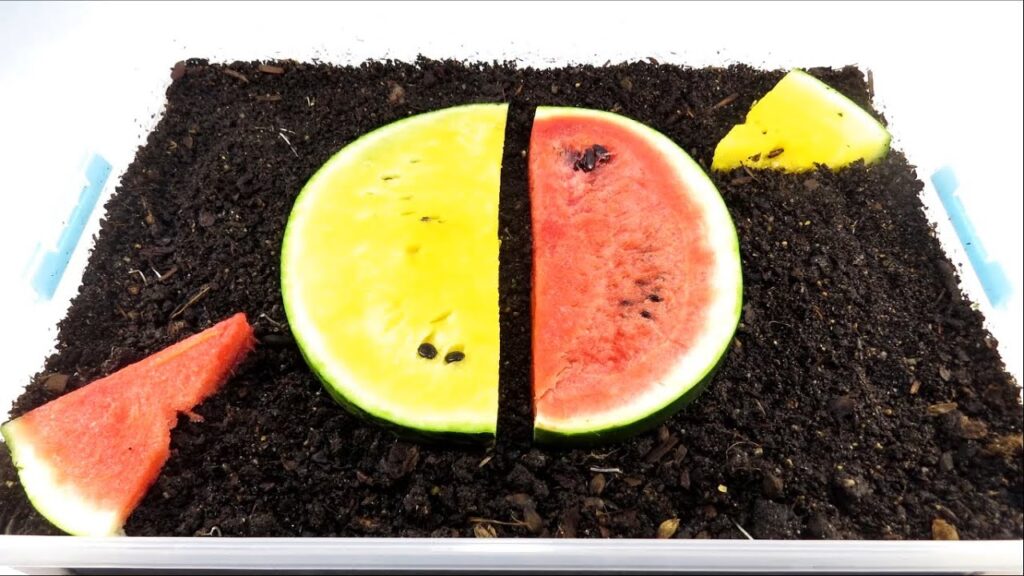What is a Watermelon Rind and Why Would You Want to Compost it?
The watermelon rind is a great source of composting material. It is a good source of nitrogen and phosphorus, which are essential for healthy plant growth.
The watermelon rind also has potassium, calcium, magnesium, and phosphorus in it. These are all important nutrients for plants to thrive on. The watermelon rind also contains some organic material that can be put back into the soil to help with the decomposition process.
In addition to being a good source of composting material, the watermelon rind contains many other benefits as well. For example, it has anti-inflammatory properties that can help with skin conditions like eczema and psoriasis.
Watermelons can be grown in a variety of climates and they produce a lot of waste, which is mostly made up of watermelon rinds.
These watermelon rinds have a high sugar content and are rich in potassium, calcium, and magnesium. They also have anti-oxidizing properties that help them break down faster than other types of fruits and vegetables.
What Makes Watermelons So Great for Composting?
Composting is a great way to reuse organic materials and reduce waste. It’s also a great way to fertilize your garden.
Watermelons are one of the best fruits for composting because they are versatile, edible, and have a high water content for decomposition.
The key to composting is making sure that you have enough moisture content in your pile of materials. Watermelon is an excellent fruit for this because it has such a high water content when it’s ripe that it will help the pile stay moist and decompose quickly.
Watermelons are an excellent fruit for composting. They are a good source of organic material and they decompose quickly.
The reason watermelons are so great for composting is that they’re high in organic material and they decompose quickly. The organic material in watermelon, like other fruits, breaks down into nutrients that can be used by plants.


